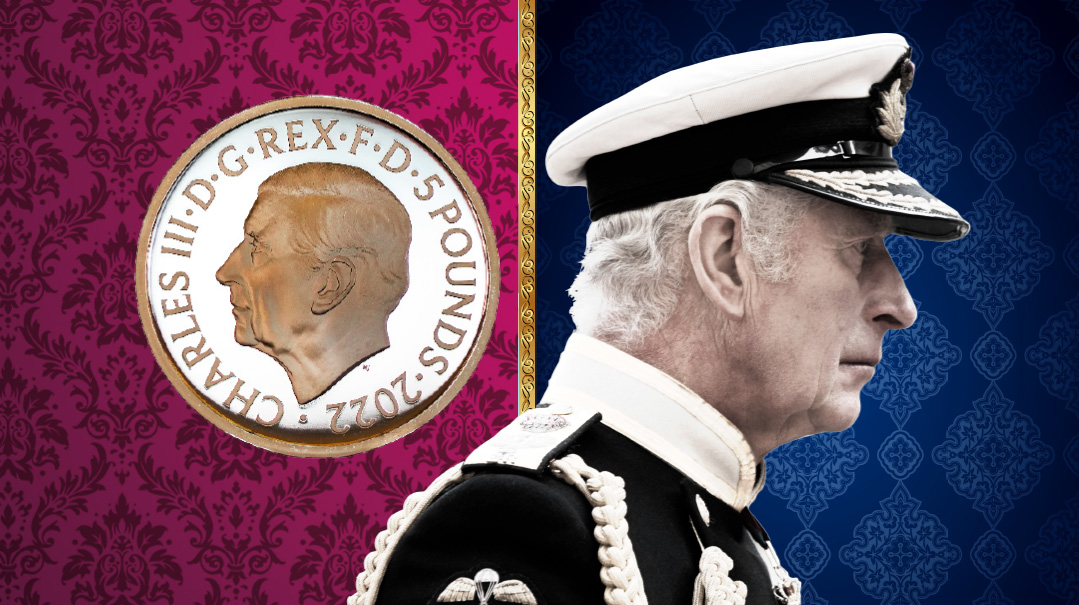Royal Makeover

The UK is gearing up for all sorts of changes now that there’s a new monarch

Photos: AP Images
“The Queen is dead. G-d save the King.”
This was the proclamation on September 10, when Prince Charles was officially proclaimed king, two days after Her Majesty The Queen of the United Kingdom passed away. Aside from having to get used to saying “His Majesty,” the UK is gearing up for all sorts of changes now that there’s a new monarch. And it’s not just the UK that will be seeing change. There are fourteen Commonwealth nations (including Jamaica and the Bahamas) that also have the new king as their head of state.
What sort of changes can these countries look forward to?
Coin Toss
American dollar notes may each feature a different president, but English banknotes all feature the Queen. So do the coins. But new king, new coin! King Charles III will have to sit for a portrait (or photograph) so that his profile can feature on the new currency.
Here’s a fun fact: Queen Elizabeth’s image on coins always faced towards the right. King Charles’ profile will face towards the left, as the new monarch faces in the opposite direction from his predecessor. Alternating directions is a tradition that goes back hundreds of years.
Commonwealth nations, like Canada and Australia, also feature the British monarch on some of their currency. These countries will probably also need to mint new coins and print new notes.
Can you think of another thing that is stamped with the monarch’s face? You got it! Postal stamps will also need to be changed.
Obviously, making new money and stamps is a big deal. It’s also expensive. So, don’t worry — your money and stamps are still valid and will be for a while yet. These changes will take many months, if not years, to come into effect.
Deciphering
The royal cipher is a monogram of the monarch’s initials. The cipher of Queen Elizabeth II was EIIR — Elizabeth II Regina (Regina is Latin for queen.) King Charles III will have his own cipher — CIIIR — Charles III Rex. (He hasn’t turned into a dinosaur! Rex is Latin for king.) You’d be surprised by how many things carry the royal cipher. The famous red post boxes are one, but these won’t be changed. In fact, whereas most post boxes in the UK say EIIR, there are quite a few from King George VI (the Queen’s father), and even some from Queen Victoria, who reigned until 1901. Now that snail mail is a relic of bygone days, new post boxes aren’t produced very often, so there won’t be many with King Charles’ cipher.
Police uniforms will also undergo a change. Currently, bobby hats (the tall, hard police hats) sport the EIIR cipher. So do many other uniforms, like those of the royal military regiments, which have the royal cipher on swords, caps and every single button! The throne, which has the cipher embroidered into the upholstery, will also be upgraded.
King Charles debuted his new cipher on a custom pin that he wore to the ceremony in which he was proclaimed king.
Oops! We could not locate your form.






